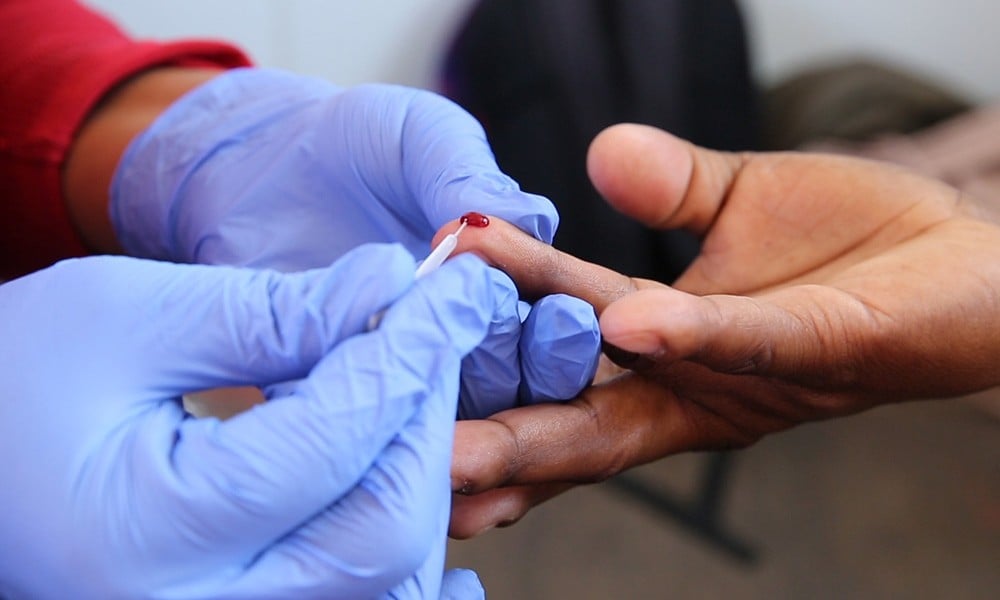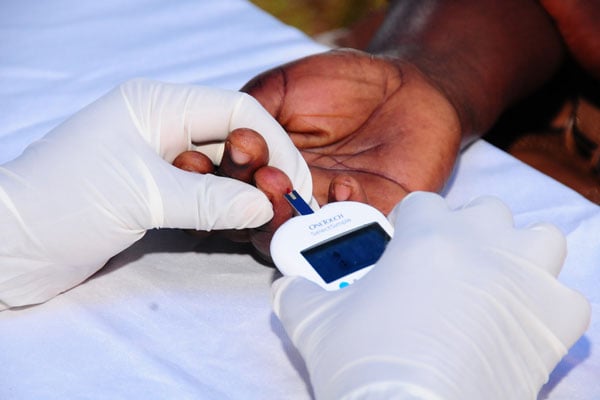Why is testing for HIV important?

Early diagnosis and treatment reduces negative side effects from medications and improves long-term survival rates. PHOTO | COUTESY
What you need to know:
- This year, National HIV Testing Day was commemorated on June 27 under the theme, ‘HIV testing is self-care’. Testing, including self-testing, is the first step to engaging in HIV prevention or treatment services.
According to the Uganda Aids Commission, countrywide, there are 22,000 deaths and 38,000 new HIV infections annually. This translates to 105 new infections daily. The new infections are mainly among adolescent girls and young women as well as some vulnerable populations such as the fishing population, female sex workers and partners in discordant relationships.
Uganda has a target to end HIV by 2030, thus the drive to ensure that the country achieves the 95-95-95 target, which was moved higher from 90-90-90 as the end date gets closer.
In order to achieve this, there is need to ensure that 95 percent of the people who are HIV positive know their status and one way of realising this is through testing. There are several tests that help in determining one’s status and they include:
Antibodies ordinary HIV testing (Rapid test)
Dr Andrew Kazibwe, the head of medical services at Taso, says while this is the most common method, it is only done for people considered high-risk such as pregnant women. This is because the root transmission of HIV and getting pregnant are the same. There is also a high risk of infections between mother and child during pregnancy and labour.
DNA-PCR testing
This is for babies born to HIV positive mothers since they can easily get infected during breastfeeding.
“Prolonged labour also leads to infection because the baby gets exposed to the mother’s fluids, more so if the mother has not been taking ARVs. The DNA-PCR test is also done after cessation of breastfeeding to look for antigens against HIV in the baby. This test is for children who are 18 months and below,” Martha Mbabazi Atai, the prevention programme coordinator, Central Region at ADH Uganda Cares, says.
Assisted Partner Notification (APN)
When one is found to be HIV positive, Dr Kazibwe says, they are requested to support their sexual partner to get HIV testing. It is more of a self-help and community-help method to reduce infections. If the partner is also positive, they start taking ARVs to avoid spreading.
Self-testing
This works well for people who do not want to come to the health facility but feel they may have been exposed.
“These kits are now available in several pharmacies. One will not be required to provide blood draw but swipe in their mouth and get the results within 30 minutes. In case of a positive result, one can then go to a health centre for further management,” Dr Kazibwe says.
Recency testing
It is done for every new positive result to know when they may have been infected. This helps one to know how risky their interactions have been while health workers get to know if it is a long or short term infection. This test allows doctors to test for other related illnesses should one be found to have had the infection for a while.
Benefits of testing
You cannot fight what you do not know. You need to know if you are positive or negative and this cannot be done by estimation. If you are positive, you start taking ARVs to reduce the risk of spreading the disease to your children or sexual partner. If you are negative, you are motivated to remain negative.
Exposure to HIV
HIV tests are evolving and the common tests for adults (antibody tests) available in Uganda are based on the body’s reaction to HIV. It will take the body about two to three months to produce those antibodies. Therefore, if one got exposed to HIV today, Dr Kazibwe says, they must test immediately.
“There is a window of 72 hours (three days) in which you can protect yourself from the virus conquering your body,” he says.
The status does not depend on the current exposure but events three months back. If you are negative, you are given Post-exposure prophylaxis (PEP) for about a month; ARVs meant to destroy any virus that was beginning to multiply in your body.
“We have done this for health workers and victims of sexual violence and it has been helpful. You can then repeat the test after three months,” he says, adding that it also helps to avoid the blame game since you may actually already be positive and all you need is to start on ARVs immediately.
There are other tests that can tell you your status within a month of exposure but these are used in children born to HIV positive mothers. While these are free for the babies as per MoH, for adults, they come at a cost. They can be found at Joint Clinical Research Centre and Uganda Cares, among others.
Dr Amina Kabuye, a public health specialist at CASE Hospital in Kampala, adds that for females whose exposure stems from rape, a pregnancy test is also done. Counselling is also given to deal with trauma.
Challenges
According to Dr Kazibwe, HIV diagnosis is still associated with a lot of stigma in the community and no one wants to be HIV positive, which is understandable. Owing to the stigma, those at a high risk of getting infected are the least likely to come for testing. Therefore, he says, you need to invest resources in finding them.





